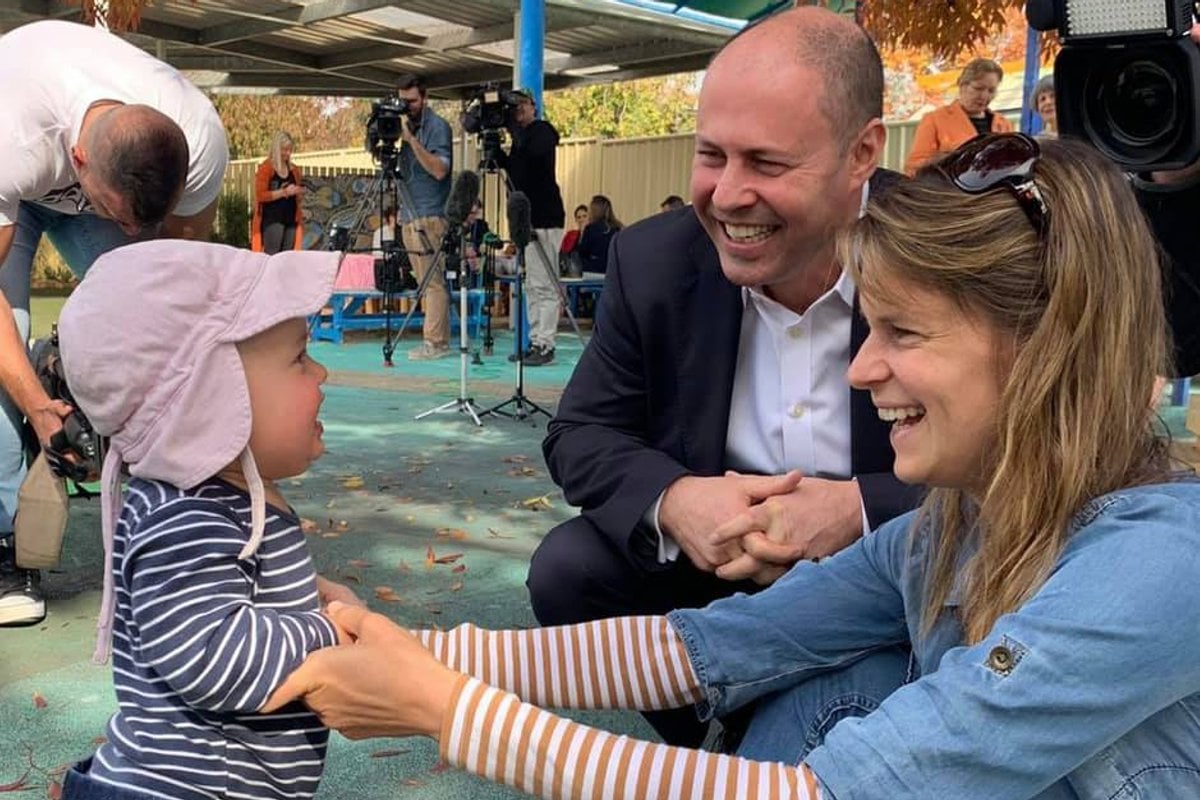
Under the Coalition, female workforce participation has hit a record high.
The gender pay gap has narrowed from a peak of 18.2 per cent under Labor to 13.4 per cent today, a record low.
This sees a woman on average full-time earnings around $1,100 a year better off.
Watch: The gender pay gap, explained. Post continues below.
Female employment has rebounded strongly after the immediate impact of COVID-19.
Between May of last year and March of this year, 500,000 jobs have come back for women compared to 400,000 jobs for men.
This data is very encouraging, with the level of female employment now higher than it was pre-pandemic.
However, there is still much more to do.
This is why the Morrison Government is making a new $1.7 billion investment in childcare that will provide additional support to around 250,000 families.
About half of these families have an income of less than $130,000. There are two key changes.
